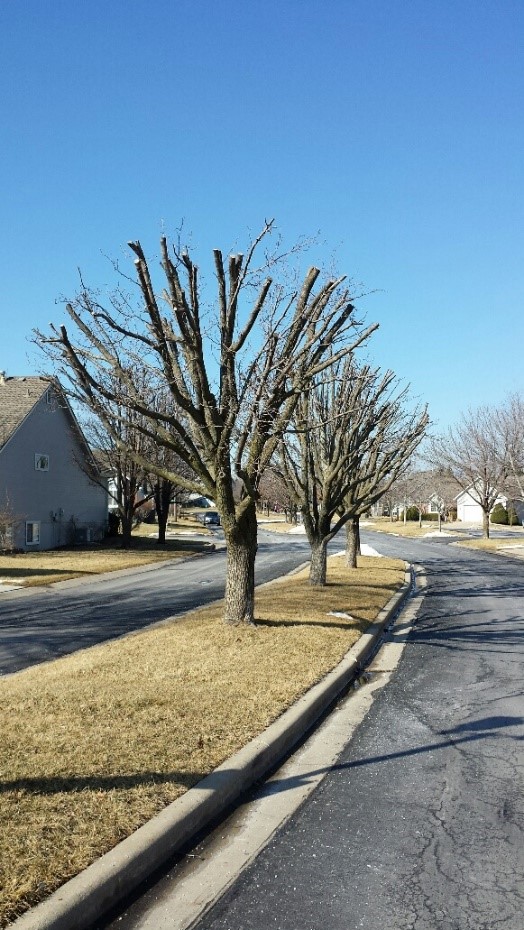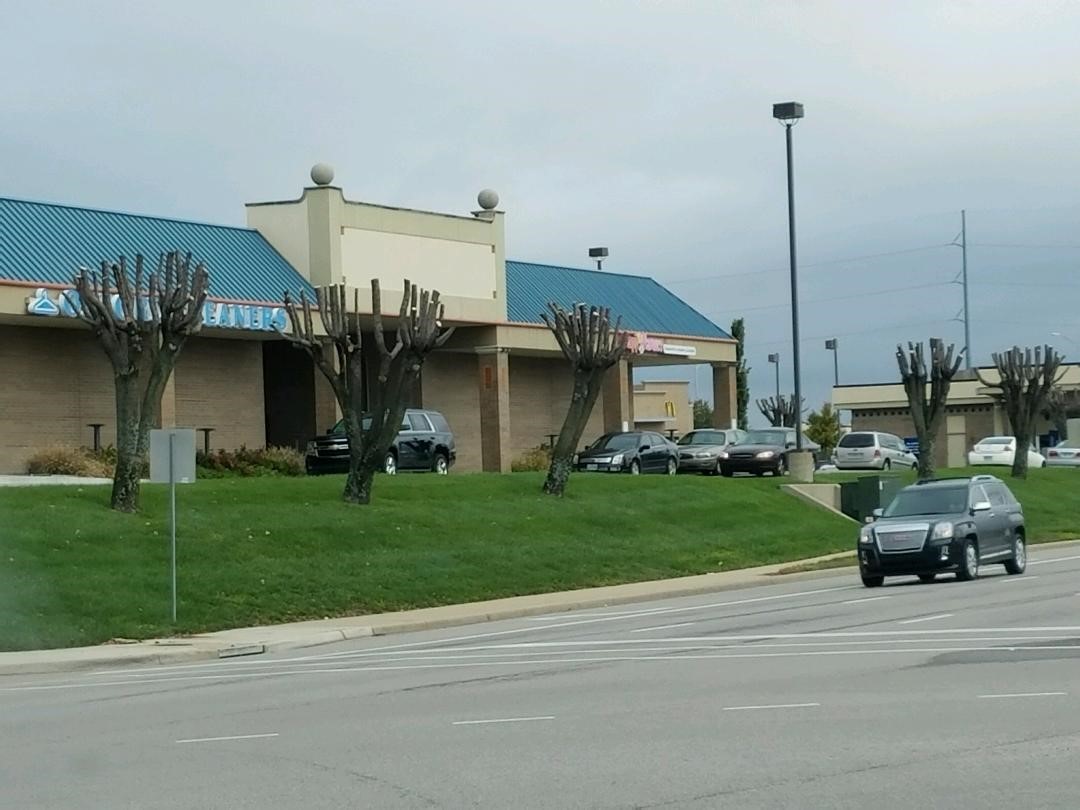Tree topping - Why It Should Be Avoided
Return to Tree and Shrubs Agent Articles
 Deciduous tree pruning season is upon us. Late winter, heading into spring is the best time to prune your shade trees to improve their structure, health and beauty for a long life. Unfortunately, there are so-called tree care “professionals” that talk uneducated tree owners into a pruning practice that should be banned — tree topping.
Deciduous tree pruning season is upon us. Late winter, heading into spring is the best time to prune your shade trees to improve their structure, health and beauty for a long life. Unfortunately, there are so-called tree care “professionals” that talk uneducated tree owners into a pruning practice that should be banned — tree topping.
Topping a tree is the drastic removal or cutting back of large mature limbs. The tree is left with stubbed branches. Topping is sometimes called heading, stubbing or dehorning. All these practices are worthless.
Unsuspecting homeowners fall prey to fast-talking trimmers as they give out miss-information. There are no benefits to topping. Some incorrectly believe reducing the tree height decreases the chance they will topple in wind or ice.
Purdue University Forestry and Natural Resources sites eight reasons why trees should not be topped.
- Starvation — trees need leaves to manufacture food. Topping removes the leaves and stems that transport food to the roots resulting in the inability to manufacture food. Proper pruning practices should not remove more than 1/4 to 1/3 of the leafy crown.
- Shock — the canopy acts as an umbrella, shading the rest of the tree. The removal exposes the protected bark leading to sunscald. Keep in mind surrounding plant materials that depend on the shade will also suffer.
- Large wounds created are a magnet for insects and disease. The large cuts prevent the tree’s natural ability to fend off pests that invite insects and wood-rotting decay. Once decay hits a tree, there is no way of stopping it.
- One of the reasons people think topping is good is that it reduces the likelihood
- of limb breakage. In fact, just the opposite results. New limb growth, as a result of topping, is weakly attached to the remaining branch. Given the fact that many sprouts develop, these limbs overlap and the result is a minimal attachment of wood to the main branch. This regrowth is more likely to fail than the branches that were removed.
- People believe that topping will control the height of the tree. In fact, a topped tree responds by sending out long sprouts that are weaker. The tree, if it does not die, may quickly return to its mature height with a bushier, less attractive appearance that’s more likely to fail.
- Topping in some instances will lead to the death of the tree. All the factors mentioned are too much for the tree and it dies.
- Let’s face it a topped tree is an ugly tree, disfigured even when it regrows. It will never provide the grace and beauty that a natural tree brings to the landscape ever again.
- Topping costs you money. All it takes is a chainsaw, truck and no knowledge of proper tree care. Topping may seem like a bargain when compared to recommended practices, but in the long run, it will cost more. Topping reduces property values, increases liability risk and future pruning and increases replacement costs.
There are recommended alternatives to topping. A certified arborist will know how and where to make the needed cuts to reduce the crown and help develop a stronger and more beautiful tree. Before you undertake hiring an arborist this spring, be a wise consumer not only for your property and bank account but for the health of your tree.

Assessing Tree Damage
When severe weather strikes, be mindful of tree damage
Selecting a Reputable Tree Service
- How to Contact an Arborist
- Selecting a Certified Arborist in Kansas
- Verify an ISA Certification / Find a Tree Care Service
Tree Trimming
Contact Us
Have questions? The Garden Hotline is staffed by trained EMG volunteers and Extension staff who will assist you with questions.
Phone: (913) 715-7050
Email: garden.help@jocogov.org